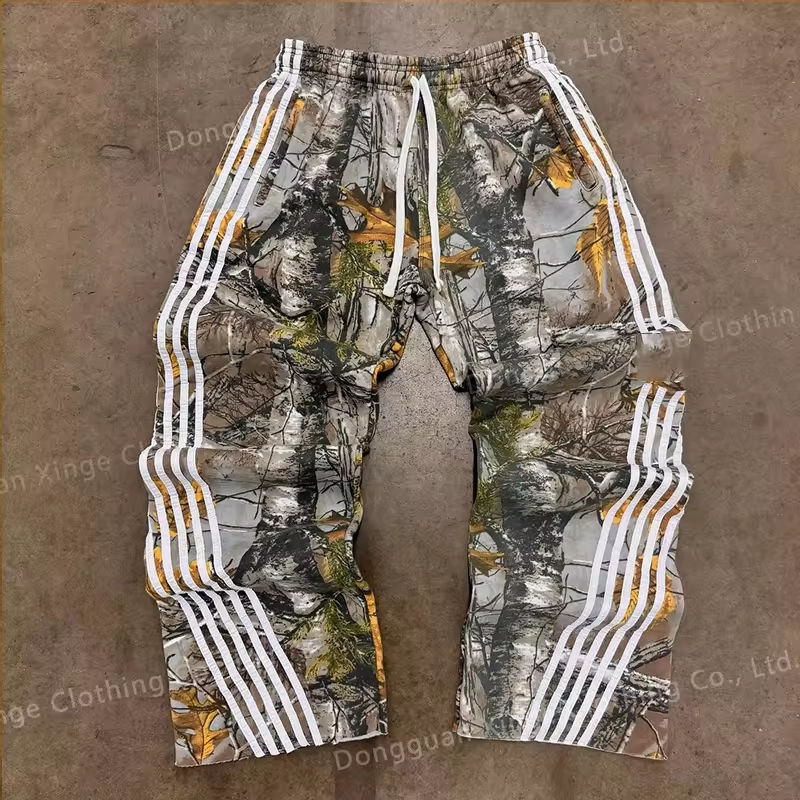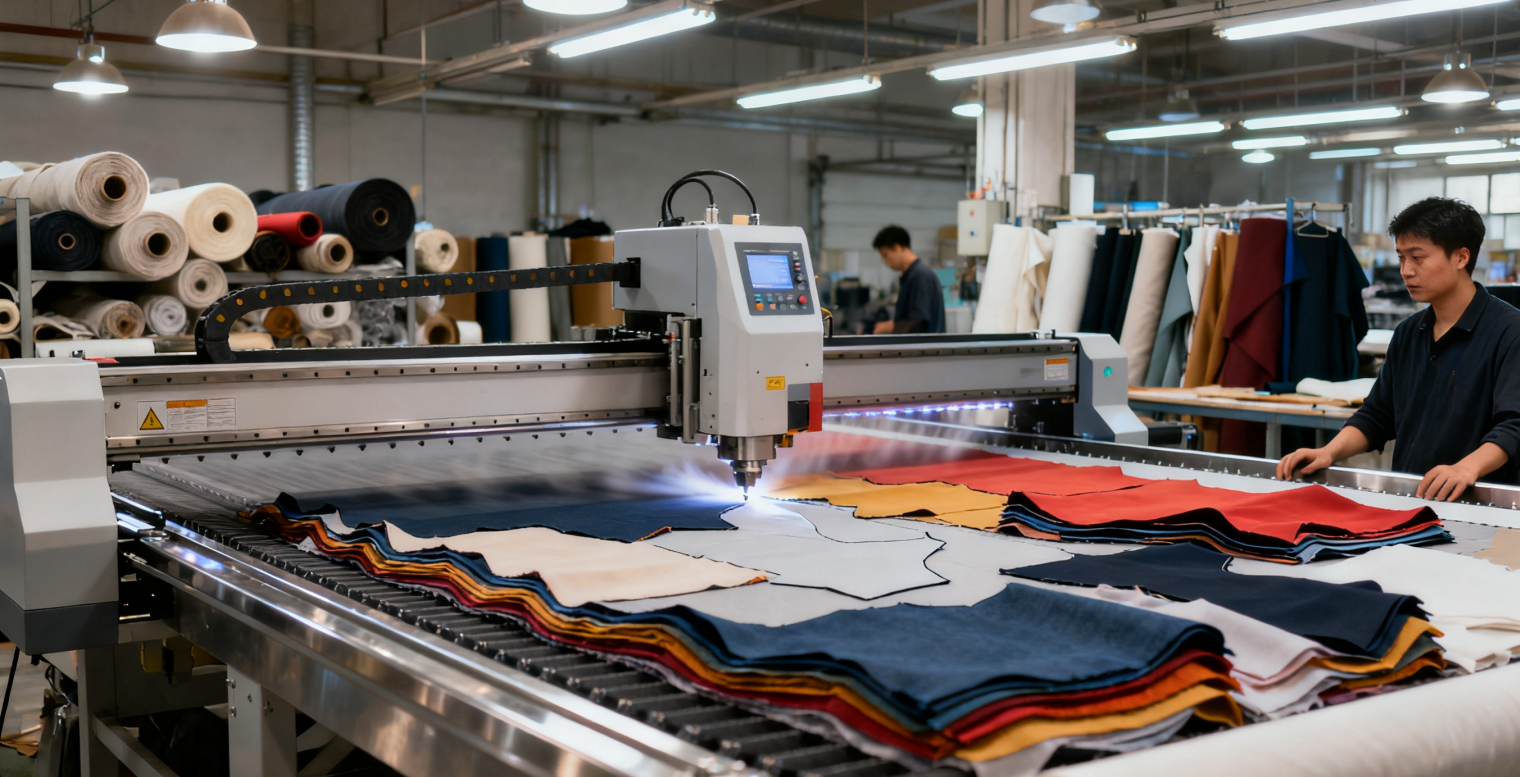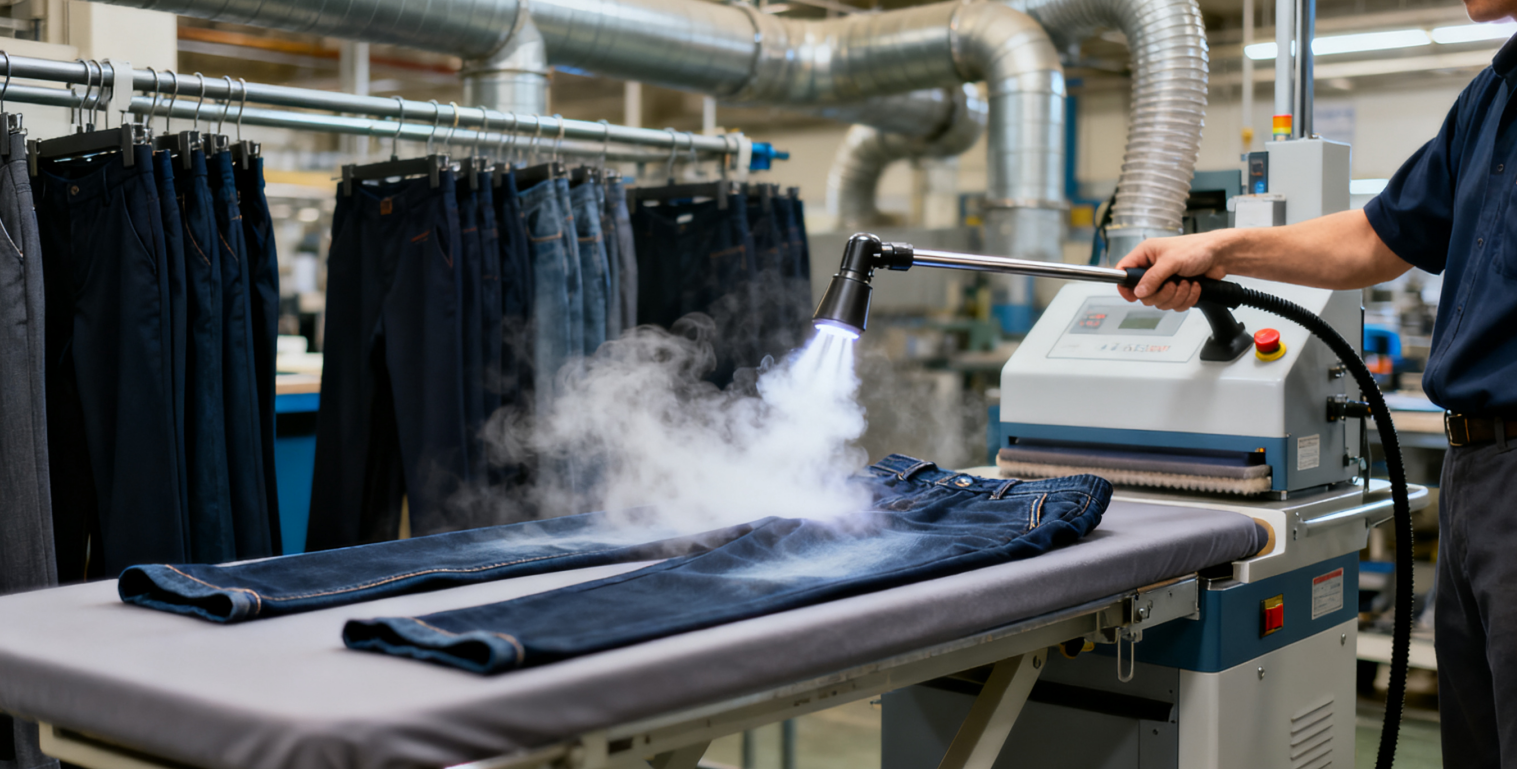Ever thought about the steps behind the pants in your closet? Turning raw materials into wearable pants takes careful, sequential work, combining skilled craft, modern tools, and strict quality checks. Whether it‘s casual jeans, sharp formal trousers, or tailored fits, all pants follow core production stages, with tweaks to match their style. Knowing how a pant is made lets you see the garment industry‘s detail and value the effort in a well-fitted pair.
Material Sourcing & Inspection: Quality pants start with smart material choices. Fabric depends on purpose: cotton keeps casual pants breathable, denim makes jeans tough, and wool gives formal trousers a polished look. Small parts matter too: YKK zippers glide smoothly, and reinforced buttons hold up over time. Suppliers go through strict checks, and fabrics are inspected with the AQL system to catch weaving flaws or color mismatches. Many brands now pick organic cotton and recycled polyester to cut environmental impact, and in-house teams double-check fabrics to meet their standards.
Pattern Making & Grading: Pattern making and grading are what make pants fit right. Designs turn into physical or digital patterns, systems are now the go-to for accuracy and easy tweaks. Grading resizes patterns so every size, for example from 26 to 36 waist, has consistent proportions. Even a 1cm mistake can ruin the fit, so brands test graded patterns on real people before starting production.
2.Core Production Process
Cutting: Cutting turns flat fabric into pant pieces. Fabric is laid in single layers for high-end or custom pants, or up to 100 layers for mass production. Small batches use manual knives; big factories rely on fast automatic cutting beds like ANDRITZ models. Keeping fabric grain aligned is key, denim‘s lengthwise threads run vertical to avoid stretching out of shape. AI helps arrange patterns to waste less fabric, and ultrasonic cutting seals delicate edges so they don‘t fray. Each cut piece gets labeled to avoid mix-ups during sewing.
Sewing: Sewing puts all the pieces together: first stitch front and back panels, then reinforce the crotch for durability. Pockets get added next, jeans use the classic five-pocket style, formal pants get sleek welt pockets, with either visible or hidden stitching. Waistbands and belt loops follow; loops are stitched multiple times to stay strong. Industrial machines handle specific tasks: overlock machines finish seam edges, bar tacks reinforce stress points like pocket openings. Ultrasonic side seams make stretch pants more comfortable, and every seam is tested with tension meters to ensure it holds.
Specialized Processes for Different Pant Types: Production changes based on the pant type. Jeans get stone washed for a faded look or laser-distressed, which safer than old sandblasting methods. Athletic pants use flatlock seams to prevent chafing and small ventilation holes for breathability, with stretch thread in elastic waistbands. Formal trousers get steam-treated to hold their shape and invisible pleats for a clean look. Sewing details shift too: denim needs thick needles, silk needs thin ones.
3.Post-Production
Finishing Treatments: Finishing gives pants their final look and feel. Steam pressing smooths wrinkles; formal pants get pressure-pressed for sharp, long-lasting creases. Denim is washed to soften it and lock in color; cotton pants are pre-washed to stop shrinking after you buy them. Eco-friendly options include low-temperature dyeing and ozone-based waterless washing. Brushing adds softness, water-resistant coatings help with outdoor pants, and embroidery adds style. Every treatment is tested to make sure it doesn‘t damage the fabric or fade colors.
Quality Control: Quality control makes sure every pair meets standards. Checkpoints include size (waist and inseam allowed 1-2cm error), seam quality (no skipped or loose threads), how well parts hold up (zippers tested for smoothness, buttons pulled to check strength), and appearance (no stains or flaws). The AQL 2.5 rule means only 2.5 defects per 100 sampled pants are acceptable. Pants that fail get fixed if possible, or discarded—so customers get well-made products.
4.Conclusion
Making pants is a mix of precision, skill, and flexibility, every step, from prepping materials to final checks, matters to create pants that fit well, last long, and look good. Pre-production sets the stage with careful material picks and accurate patterns. Cutting and sewing turn fabric into pants, with special steps for different styles. Finishing adds polish, and quality control keeps things consistent.
Knowing this process takes the mystery out of the pants you wear daily, showing the care and skill that go into each pair. From the first fabric check to the final quality inspection, making pants proves the industry can blend tradition and new ideas, so every pair works for the person wearing it.
Post time: Oct-27-2025






